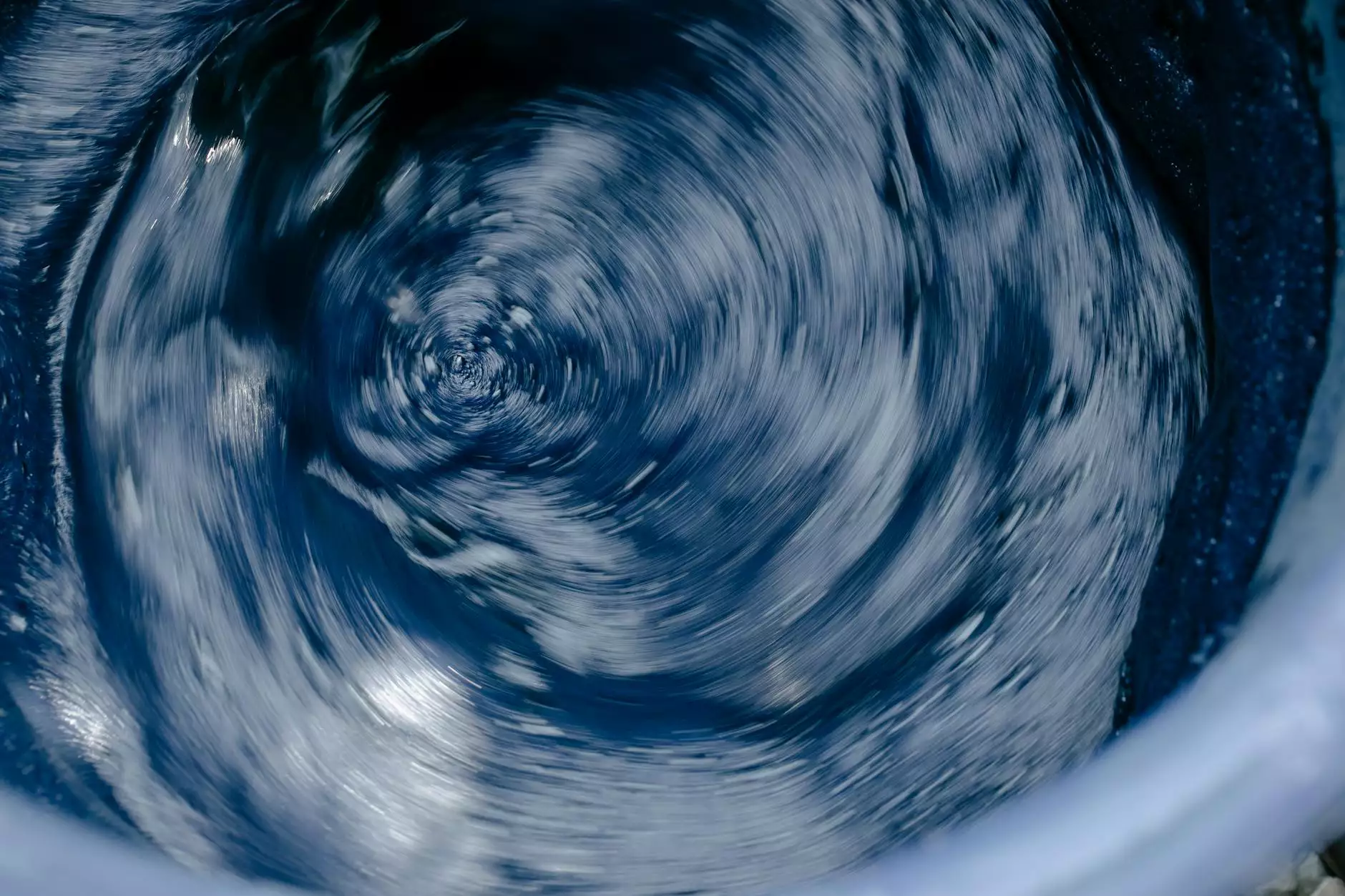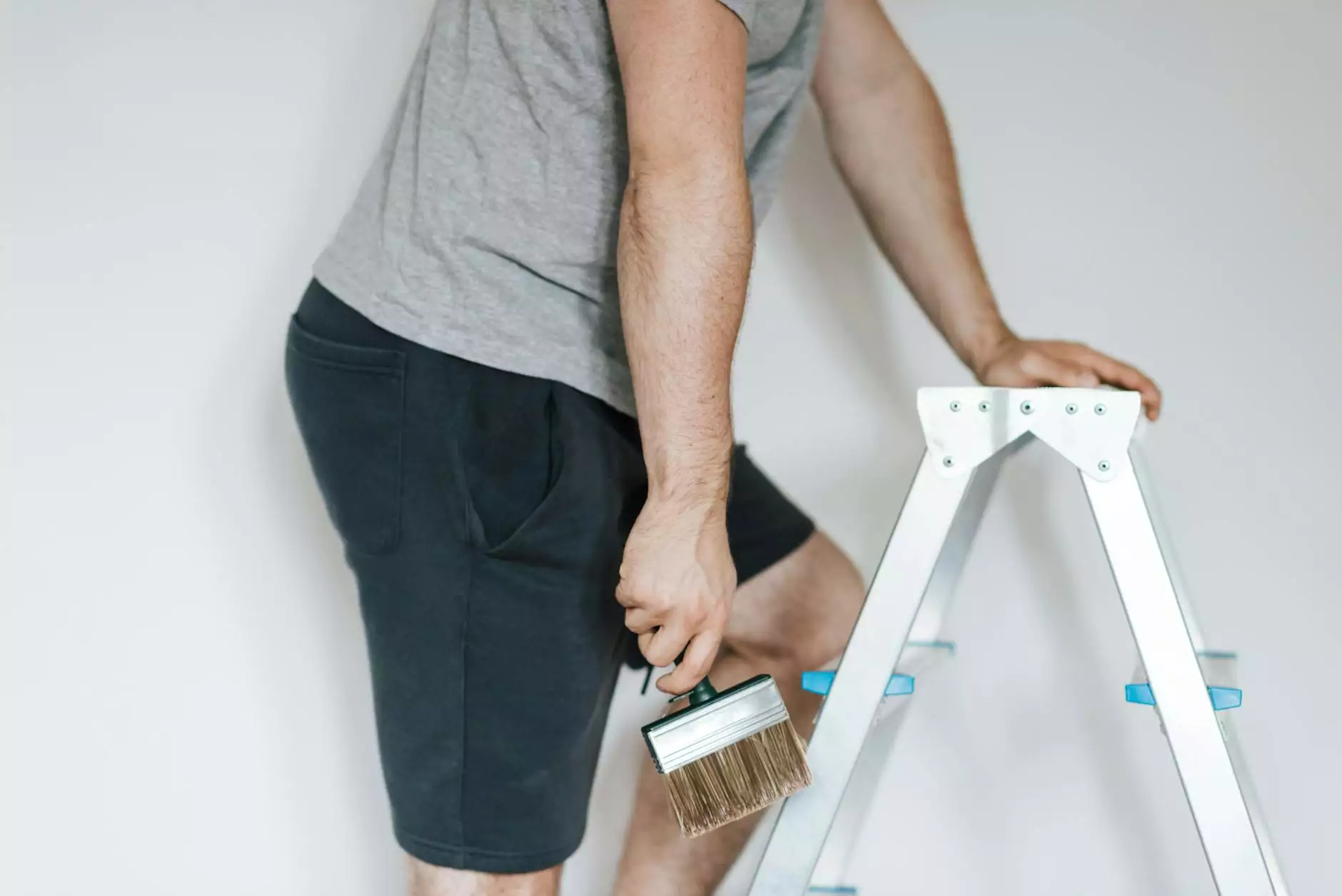Flushing an Electric Water Heater

Introduction
Welcome to our comprehensive guide on flushing an electric water heater. Regular maintenance is crucial to ensure the optimal performance and longevity of your water heater. Flushing your electric water heater is a simple yet effective way to remove sediment buildup and prevent potential issues. In this article, we will provide you with step-by-step instructions on how to flush your electric water heater, along with important safety precautions to follow.
Why Should You Flush Your Electric Water Heater?
Over time, sediment, mineral deposits, and debris can accumulate at the bottom of your electric water heater tank. If left unattended, this buildup can reduce the efficiency of your water heater, lead to premature failure, and even pose safety risks. Flushing your electric water heater regularly is essential to:
- Maintain optimal performance and efficiency
- Extend the lifespan of your water heater
- Minimize the chance of malfunctions and costly repairs
- Ensure clean and safe hot water supply
Safety Precautions
Before you begin flushing your electric water heater, it is crucial to take certain safety precautions to protect yourself and your property:
- Turn off the power supply to the water heater at the circuit breaker or fuse box.
- Put on protective gloves to shield your hands from hot water and to handle any potentially sharp tools or materials.
- Attach a garden hose to the drain valve of the water heater and make sure it is securely connected.
- Ensure that the hose is directed toward a suitable drainage area, such as a floor drain or outside location.
- Open a nearby hot water tap to allow air into the system, which will facilitate the draining process.
Step-by-Step Guide to Flushing an Electric Water Heater
Follow these detailed steps to flush your electric water heater:
Step 1: Turn off and Prepare the Water Heater
Make sure the power supply to the water heater is turned off at the circuit breaker or fuse box. This will prevent any accidents while working on the unit. Once the power is off, allow the water in the tank to cool down for a few hours. It is essential to work with a cool tank to avoid the risk of burns.
Step 2: Locate the Drain Valve
The drain valve is typically located at the bottom of the water heater tank. It is designed to facilitate the removal of sediment and water during the flushing process. Attach a garden hose securely to the valve, ensuring there are no leaks or loose connections.
Step 3: Open the Drain Valve
With the garden hose properly attached, open the drain valve slowly. This will allow hot water and sediment to flow out of the tank. Keep in mind that the initial water released may be extremely hot, so exercise caution.
Step 4: Flush the Tank
Once the drain valve is fully open, let the water heater tank drain completely. Allow the water to flow until it appears clear and free of any sediment or debris. This process may take several minutes, depending on the condition and size of your water heater.
Step 5: Close the Drain Valve and Refill the Tank
After the tank is completely drained, close the drain valve securely. Remove the garden hose and make sure to store it properly for future use. Now it's time to refill the tank. Close the opened hot water tap(s) and turn on the cold water supply to the water heater. Allow the tank to fill completely before restoring power to the unit.
Step 6: Restore Power and Test
Once the tank is full, you can restore power to the water heater by switching the circuit breaker or fuse back on. Check for any leaks around the tank or connections, and ensure that the water heater is functioning properly. You can now test the hot water flow from the taps and verify that the sediment has been effectively removed.
In Conclusion
Flushing your electric water heater is an important maintenance task that should be performed regularly. By following our step-by-step guide, you can ensure the longevity and optimal performance of your water heater. Remember to prioritize safety, follow all instructions carefully, and consult a professional if needed. Regular flushing will keep your electric water heater running efficiently, providing you with clean and reliable hot water for years to come.
© 2022 Best Service Plumber - Home Services | Plumbing | Water Heater Installation/Repair









